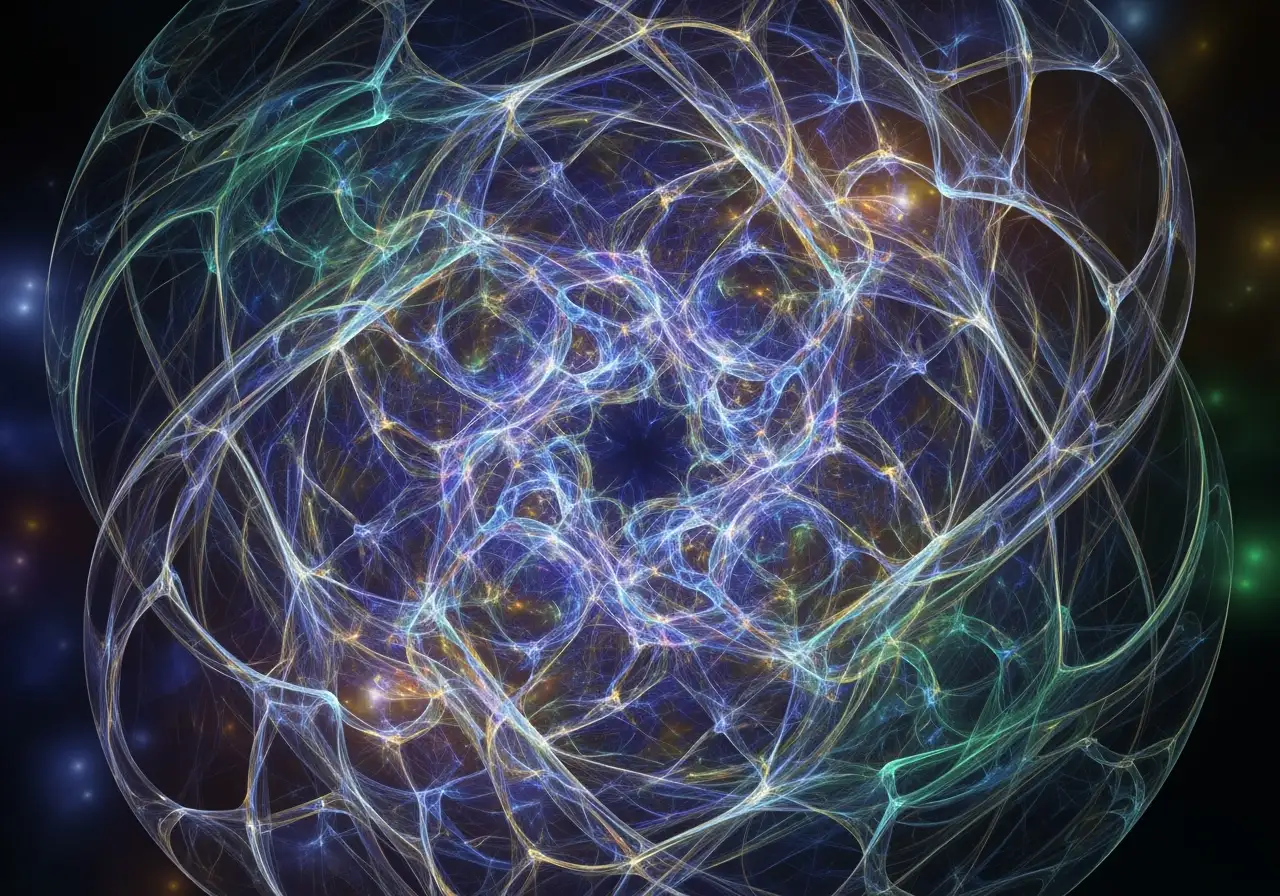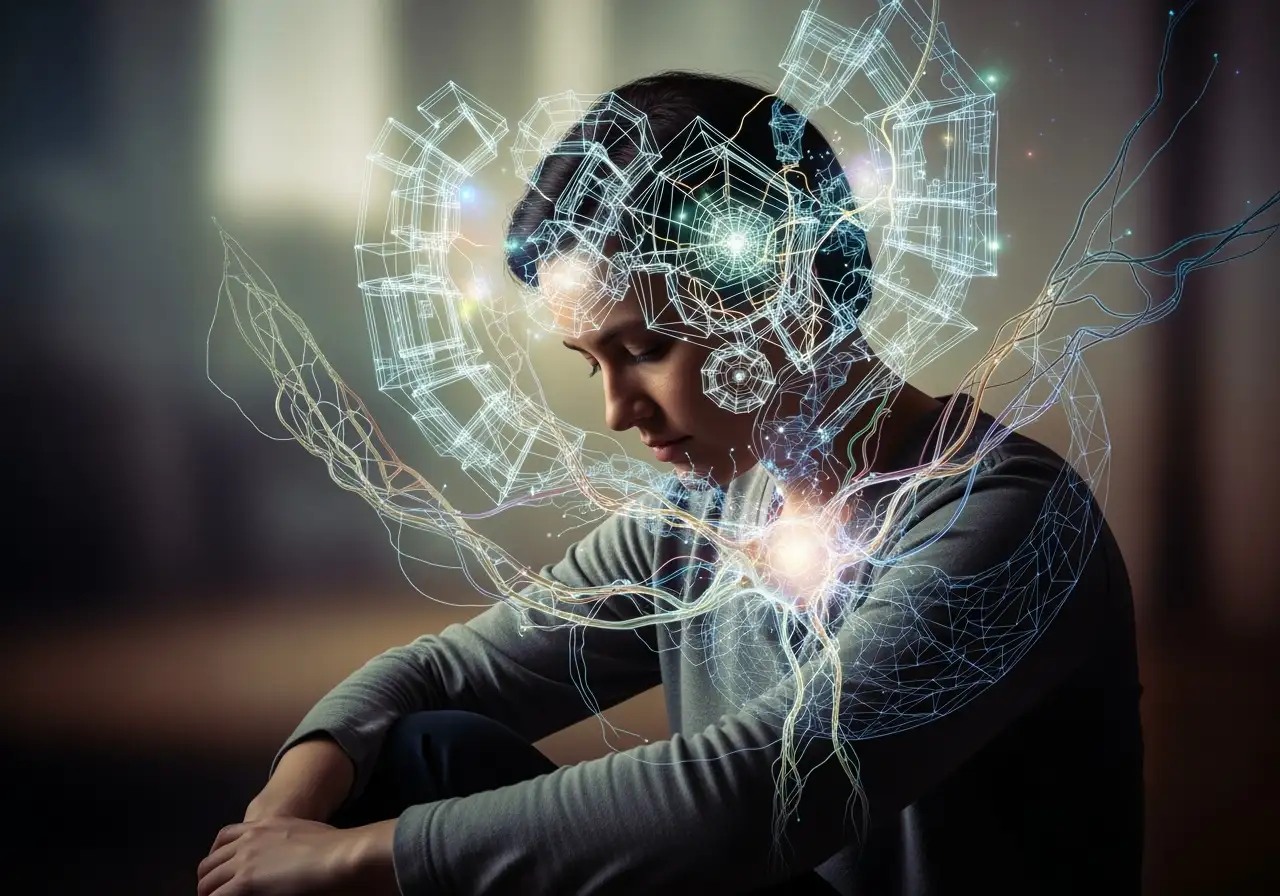The Quantum Leap of Your Mind: Understanding Resolution for True Mental Clarity
The Quantum Leap of Your Mind: Understanding Resolution for True Mental Clarity
In our relentlessly connected world, mental overload isn’t just a buzzword; it’s a pervasive reality. We often feel tired, unfocused, and disconnected, struggling to find genuine engagement amidst constant demands. Traditional stress management techniques often fall short because they don’t address the root cause of this modern malaise. But what if the solution lies not just in managing external pressures, but in understanding a fundamental process within your own mind?
The Quantum Mindfulness framework introduces a groundbreaking concept called resolution, a core scientific idea beautifully applied to the mechanics of your consciousness. Forget simple, linear information processing. Imagine your mind as a vast field of infinite possibilities, much like the quantum realm where particles exist in a state of superposition before they are observed. Resolution is the mind’s inherent ability to take this boundless potential – a wide range of thoughts, perceptions, or actions – and psychodynamic collapse it into a definite, clear mental state or behavior. It’s the very act by which consciousness makes experience actualized experience from the constantly swirling sea of probabilistic mental state.
This isn’t just about making decisions; it’s about the authenticity of those decisions. When your resolution process is functioning optimally, you experience genuine clarity, make choices that truly resonate, and express your inner self authentically. Think of an artist facing a blank canvas: an infinite number of creations exist in potential until the first brushstroke brings one into definite form. This act of resolution imbues the art with the artist’s true creative signature. When this process is compromised, the result often feels forced, unoriginal, or empty, regardless of technical skill. This transformative process aligns with the Observer-Participant Theory, where the very act of conscious attention shapes the experienced reality. It’s an active constitutive force view of perception, rather than a passive recipient view.
The Quantum Mindfulness framework further reveals that this resolution is powered by two fundamental psychodynamic dimensions: the Psycho-Volitional Dimension (Pd1) and the Psycho-Transpersonal Dimension (Pd10).
The Psycho-Volitional Dimension (Pd1) is the absolute genesis of cognitive activity and a state of pure potentiality. It embodies pure consciousness and primal will, serving as the organizing principle and the ultimate source of all creative thought. This dimension holds primacy over all others, capable of initiating intentional collapse and dissolving perceived limitation. When you choose to direct your conscious attention, it is Pd1 that provides the initial volitional impulse, setting the stage for potentials to actualize.
Complementing this is the Psycho-Transpersonal Dimension (Pd10), which acts as a passive conduit for collective influence and external resonance. It represents the ultimate manifestation of consciousness development within temporal reality, serving as the interface between internal psychodynamic systems and external reality. Pd10 receives and expresses the synthesized energies of the preceding nine dimensions, translating internal states into observable behavior. However, notably, this dimension, being passive, can be negated by the powerful Psycho-Volitional Dimension (Pd1). This means that while external realities and collective consciousness influence us, our primal will has the ultimate capacity to override or reshape their impact on our manifested experience.
A healthy interaction between these two dimensions, facilitated by a robust resolution process, leads to what the framework calls coherent agency. This is a state where your actions, thoughts, and expressions flow from a unified, authentic self, fostering lasting motivation, creative fulfillment, and profound mental resilience. Coherent agency is built upon strong volitional commitment and cognitive anchoring, where your conscious intent provides stability amidst the dynamic interplay of your inner dimensions. It leads to a sovereign architecture of self, where you are the architect of your own experience, rather than a mere reactor. When operating from coherent agency, you leverage your Psycho-Volitional Dimension to actively steer the psychodynamic collapse, consciously choosing which potentials to actualize.
Understanding resolution transforms our view of mental well-being. It suggests that much of our modern mental strain isn’t merely about being busy, but about a breakdown in our capacity for genuine inner creation. This breakdown manifests as cognitive strain and dysfunction, leading to states like resolution fatigue or even ontological starvation, where the mind struggles to form definite mental states from the constant influx of possibilities. It’s about operating in a reactive mode, letting external stimuli dictate our mental states, rather than actively resolving possibilities from an authentic inner source.
How much of your daily mental activity is a genuine resolution from your inner potential, and how much is merely a reactive response to external demands? Cultivating a stronger, more authentic resolution process begins with recognizing the profound power of your own conscious attention and understanding the dynamic interplay of your psychodynamic dimensions.





